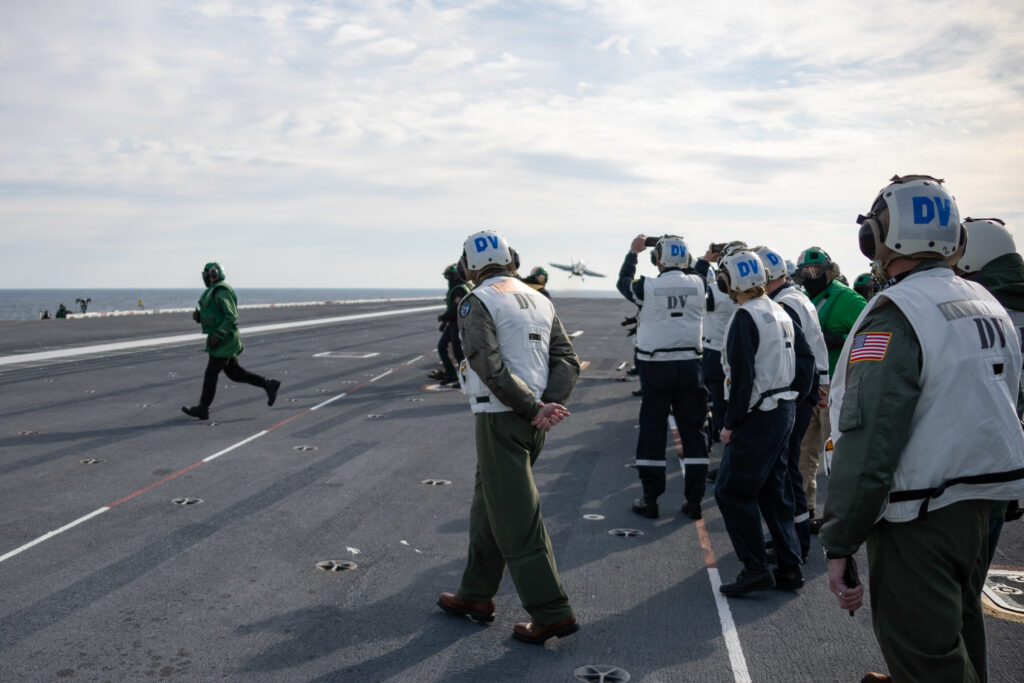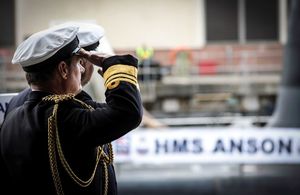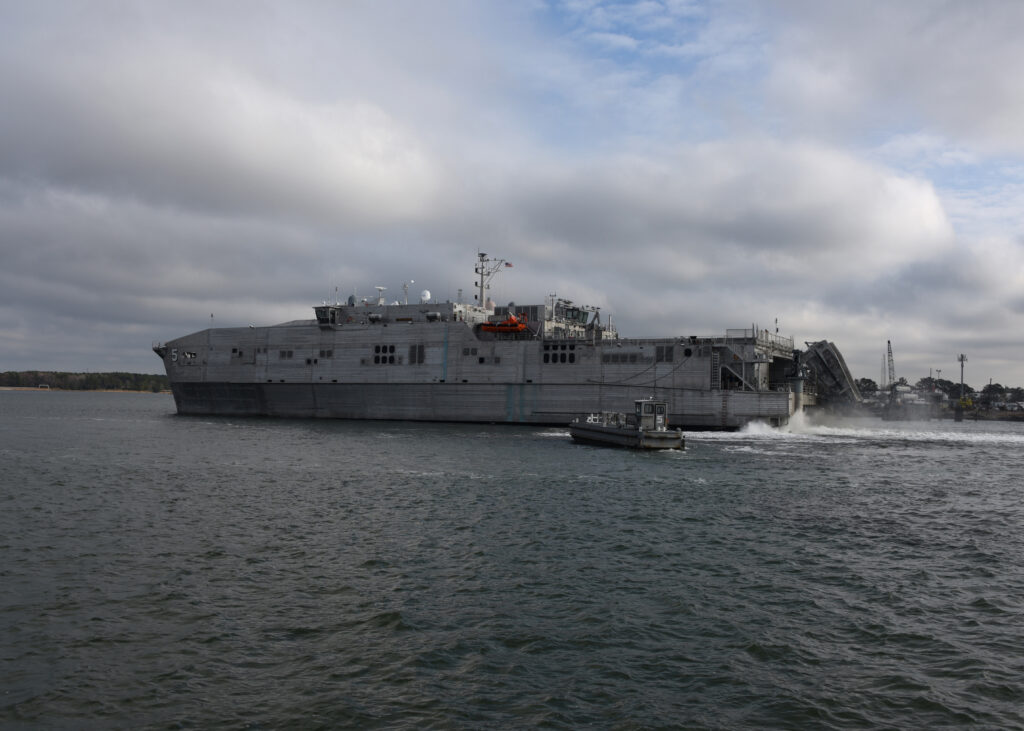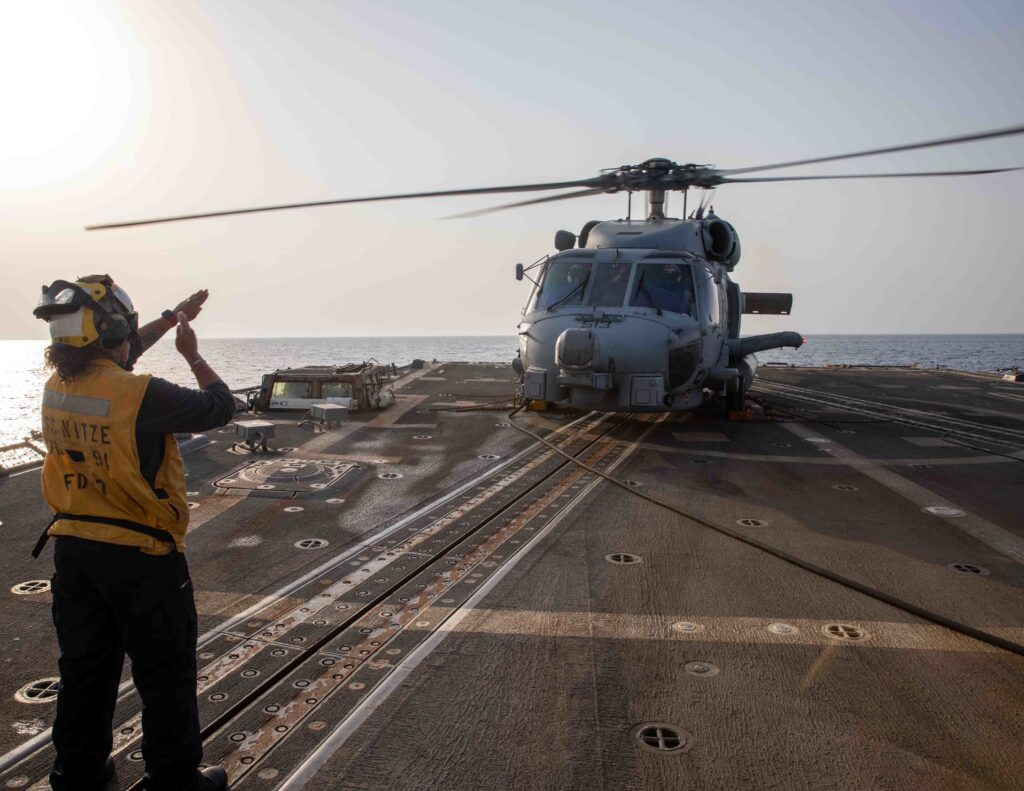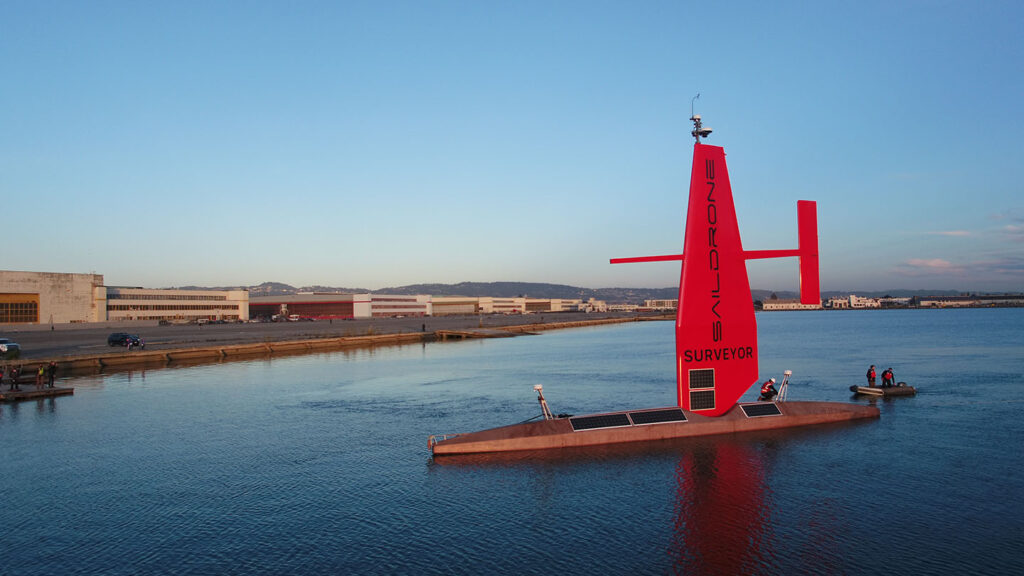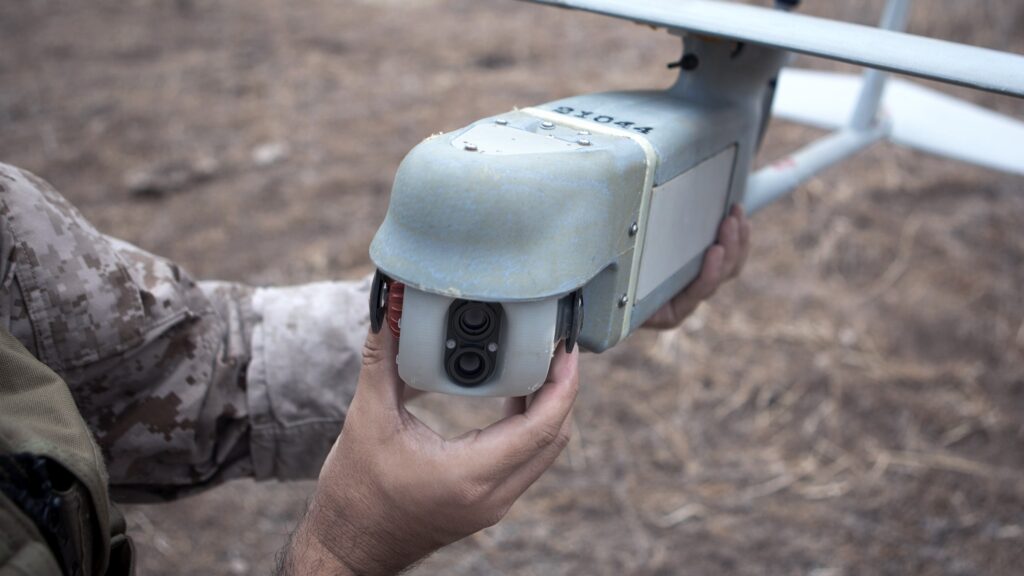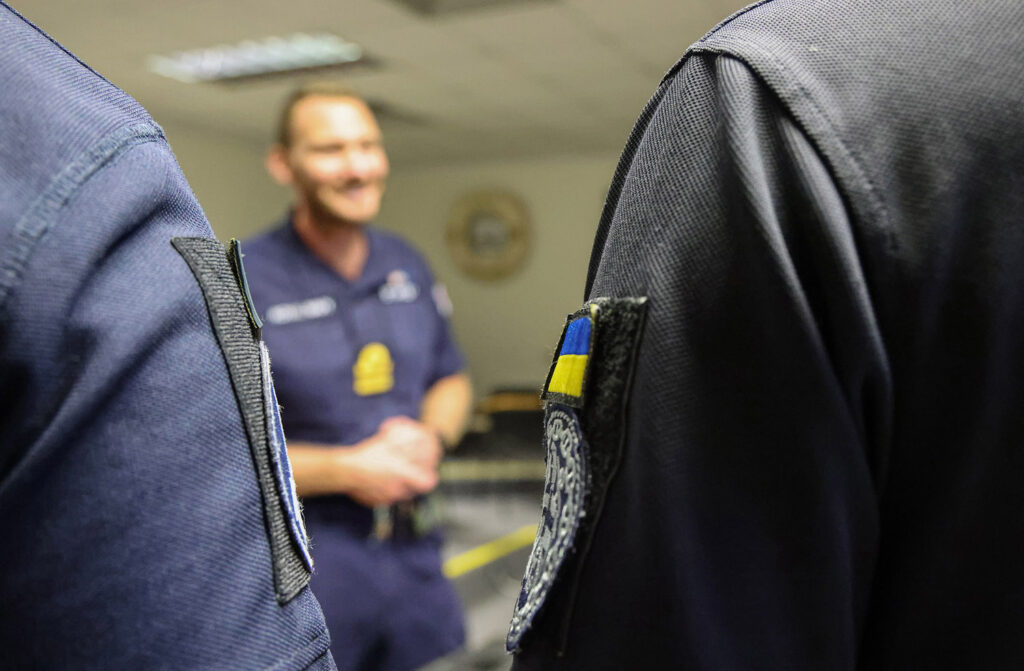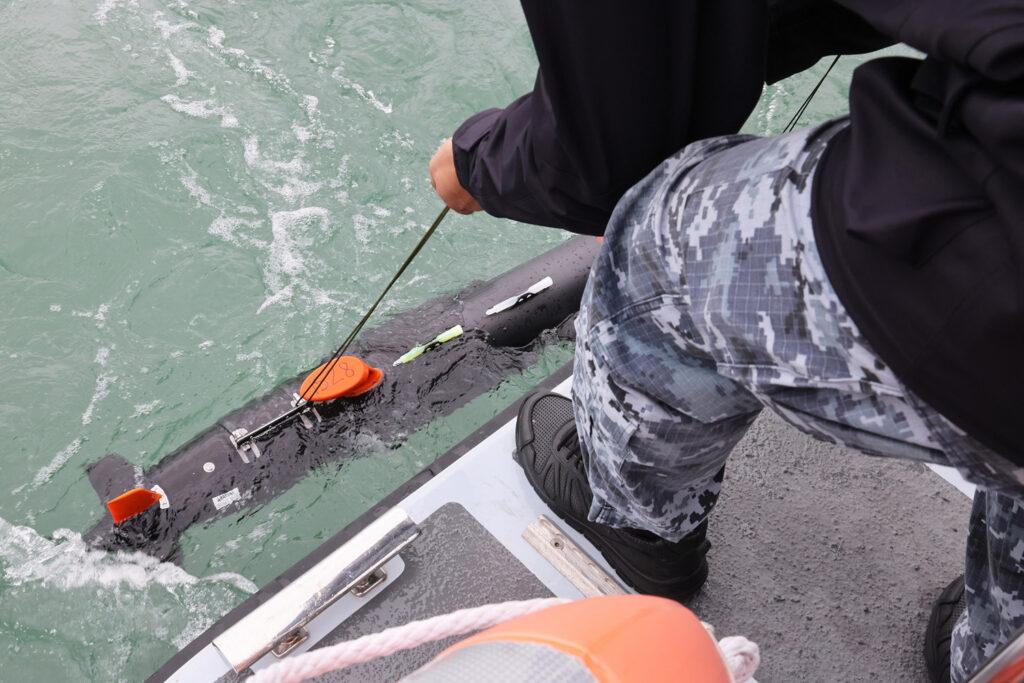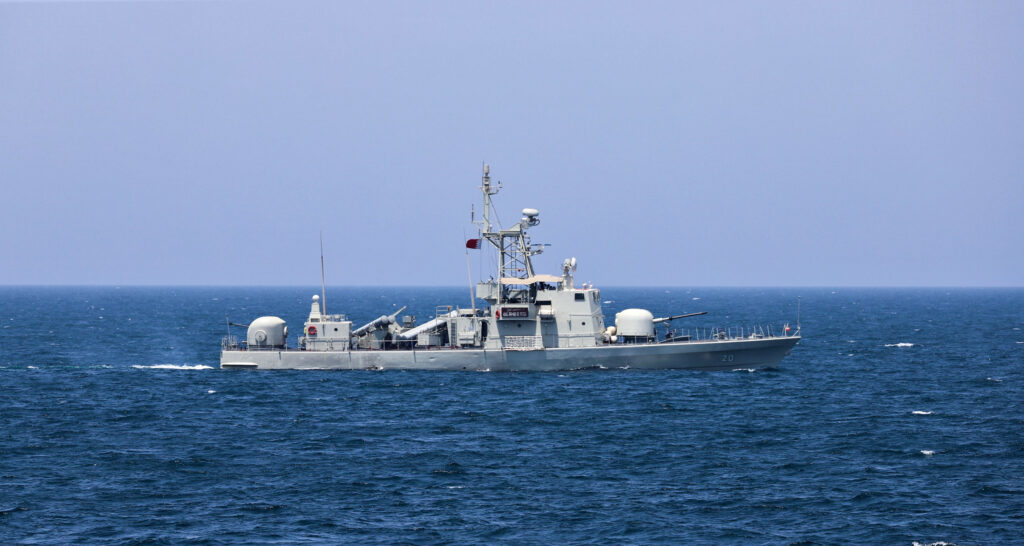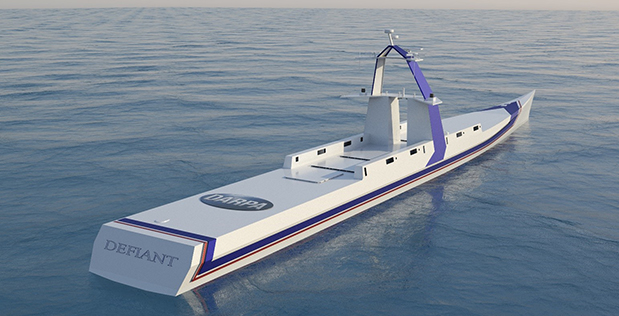U.S. Maritime Forces Arrive for UNITAS LXIII hosted by Brazil
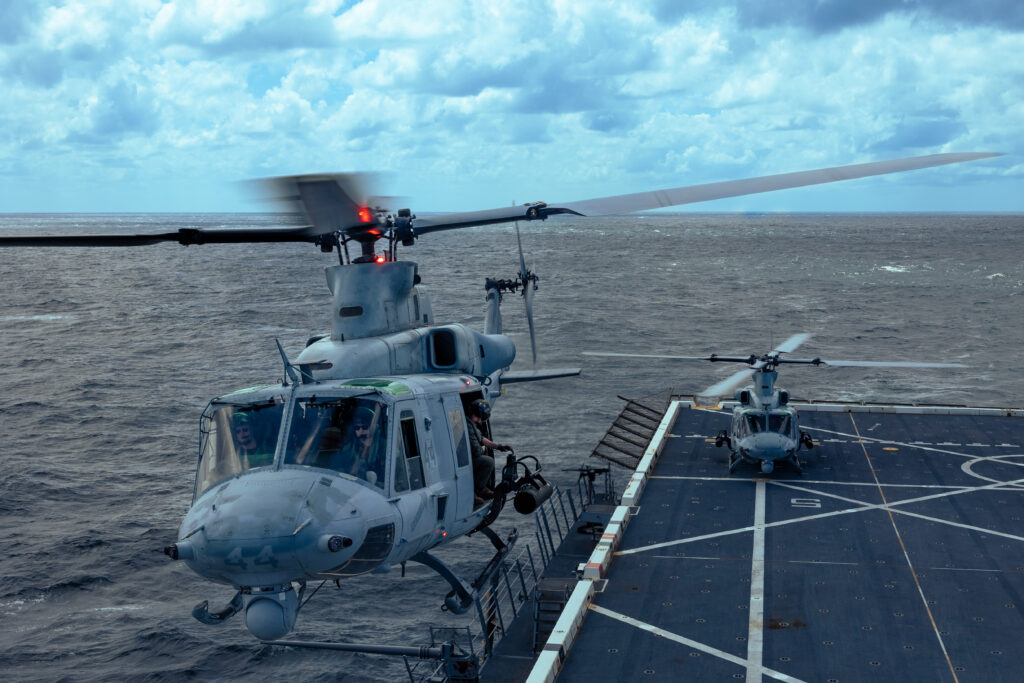
RIO DE JANEIRO, Brazil — Navy and Marine forces are set to arrive in Rio de Janeiro in support of UNITAS LXIII, the world’s longest-running multinational maritime exercise scheduled to take place Sept. 8-22, the U.S. Naval Forces Southern Command / U.S. 4th Fleet said in a Sept. 1 release.
This year’s exercise is hosted by the Brazilian navy and will included 20 participating nations, 19 ships, one submarine, 21 aircraft, accounting for approximately 5,500 total military personnel that will conduct operations principally off the coast of Rio de Janeiro.
UNITAS, Latin for “unity,” was conceived in 1959 and has taken place annually since first conducted in 1960. This year marks the 63rd iteration. This year, Brazil will host UNITAS in conjunction and celebration of the bicentennial anniversary of both their nation’s independence and navy’s founding.
“This exercise is an incredible opportunity for all participating nations to come together as professional mariners on the sea, under the sea, in the air and in the littorals, to operate and grow as a team in order to strengthen our partnerships and enhance our collective maritime posture,” said Rear Adm. Jim Aiken, commander U.S. Naval Forces Southern Command/U.S. 4th Fleet. “Congratulations to Brazil on 200 years of independence and excellence in the maritime domain on the sea and on the land.”
In addition to the United States, UNITAS LXIII will bring together 19 nations from across Central and South Americas, the Caribbean, Europe, and Africa to train forces in joint maritime operations that enhance tactical proficiency and increase interoperability. Participating nations include Belize, Brazil, Cameroon, Chile, Colombia, Dominican Republic, Ecuador, France, Guyana, Jamaica, Mexico, Namibia, Panama, Paraguay, Peru, South Korea, Spain, United Kingdom and Uruguay.
“Exercise UNITAS is a highly anticipated premier training opportunity for all the participating nations’ navies and marine corps in the Western Hemisphere,” said Lt. Gen. David Bellon, commander of U.S. Marine Corps Forces, South and Marine Forces Reserve. “UNITAS highlights the foundation of our partnerships and our dedication to building and sustaining the social and military relationships necessary to achieve common objectives and regional security.”
The initial in-port phase will include cultural exchanges, sporting events, community relations projects and the opportunity for UNITAS LXIII partners to participate in bicentennial events such as the Bicentennial Naval Parade scheduled for Sept. 7 along the coast of Rio de Janeiro.
Following opening ceremonies on Sept. 8, naval forces will conduct combined and joint operations as a multi-national task force, executing an event-driven scenario to train in multiple warfare areas. Ships and sailors will head to sea for maritime operation training and Marines will move inland to conduct amphibious training ranges before coming back together in support of a culminating multinational amphibious landing.
A significant focus of UNITAS LXIII is the cooperation and integration of the multinational navy forces with marine corps and naval infantries. The maritime domain includes the littorals that incorporates the ocean and the area inland from the shore which can be supported and defended directly from the sea.
U.S. forces participating in UNITAS LXIII include USS Lassen (DDG 82), USS Mesa Verde (LPD 19), USS Albany (SSN 753), Commander, Amphibious Squadron Eight (COMPHIBRON 8), Helicopter Sea Combat Squadron 22 (HSC 22), Helicopter Maritime Strike Squadron 70 Detachment 2 (HSM 70 Det 2), Patrol Squadron Sixteen (VP-16), Special Boat Team 22 (SBT 22), Mobile Diving and Salvage Unit (MDSU) Det 2, Seal Platoon from Seal Team 8, Explosive Ordnance Disposal Mobile Unit Two (EODMU-2), Beachmaster Unit Two (BMU-2), USCG Pacific Area Tactical Law Enforcement Team (PAC AREA TACLET), Commander, Destroyer Squadron 40, (COMDESRON 40), Fleet Surgical Team (FST) 8, 25th Marine Regiment, 3d Battalion 25th Marine Regiment, 3d Force Reconnaissance Company, 4th Light Armored Reconnaissance Company (4th LAR), 4th Combat Engineer Battalion (4th CEB), 6th Engineer Support Battalion (6th ESB), 4th Air Naval Gunfire Liaison Company (ANGLICO), 4th Civil Affairs Group (4th CAG), Marine Aircraft Group 49 (MAG-49), U.S Marine Corps Forces South (MARFORSOUTH), and USNAVSO/FOURTHFLT.
U.S. Naval Forces Southern Command/U.S. 4th Fleet supports U.S. Southern Command’s joint and combined military operations by employing maritime forces in cooperative maritime security operations to maintain access, enhance interoperability, and build enduring partnerships in order to enhance regional security and promote peace, stability and prosperity in the Caribbean, Central and South American region.
U.S. Marine Corps Forces, South is the Marine Corps component to U.S. Southern Command, is responsible for planning exercises, operation, and overall Marine Corps support for the SOUTHCOM assigned area of responsibility.
